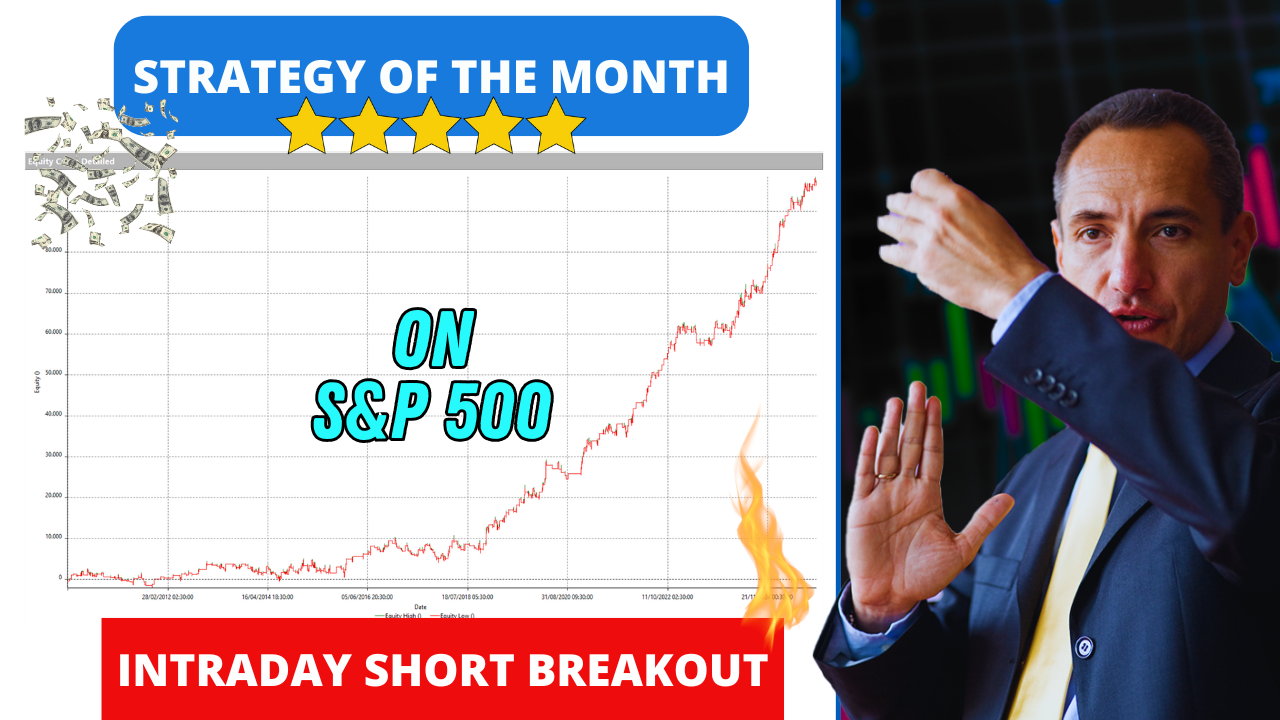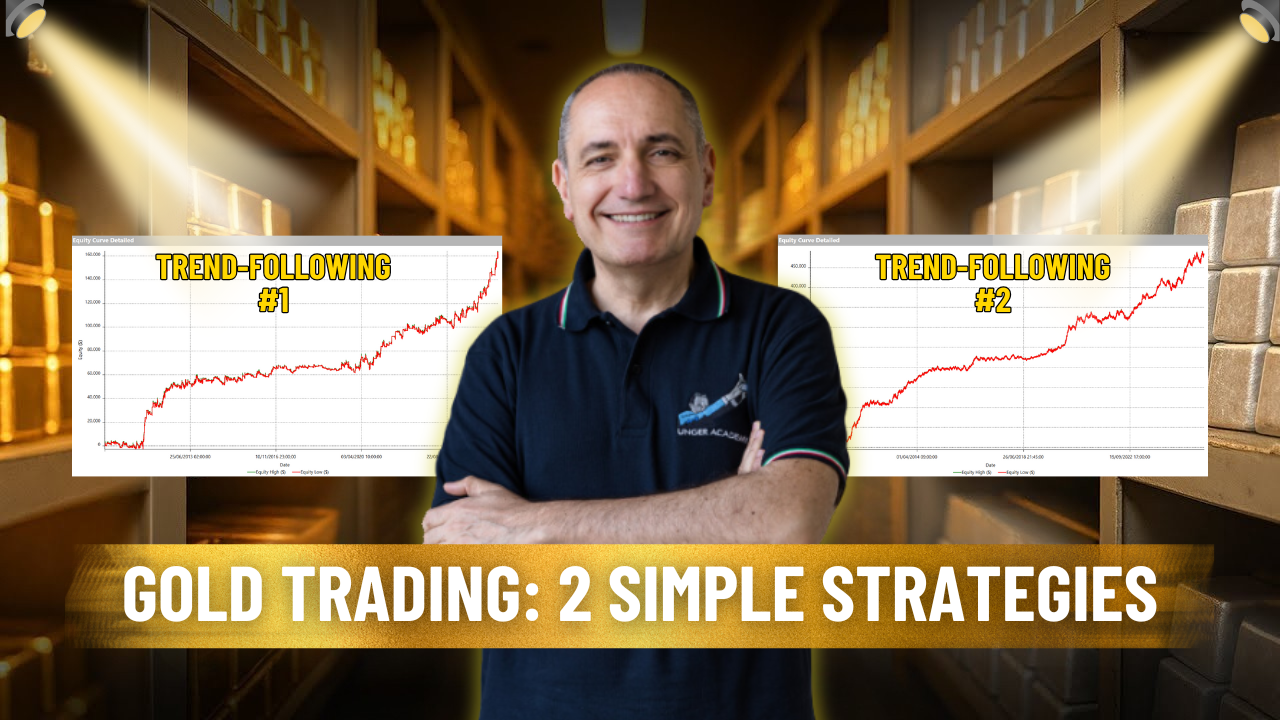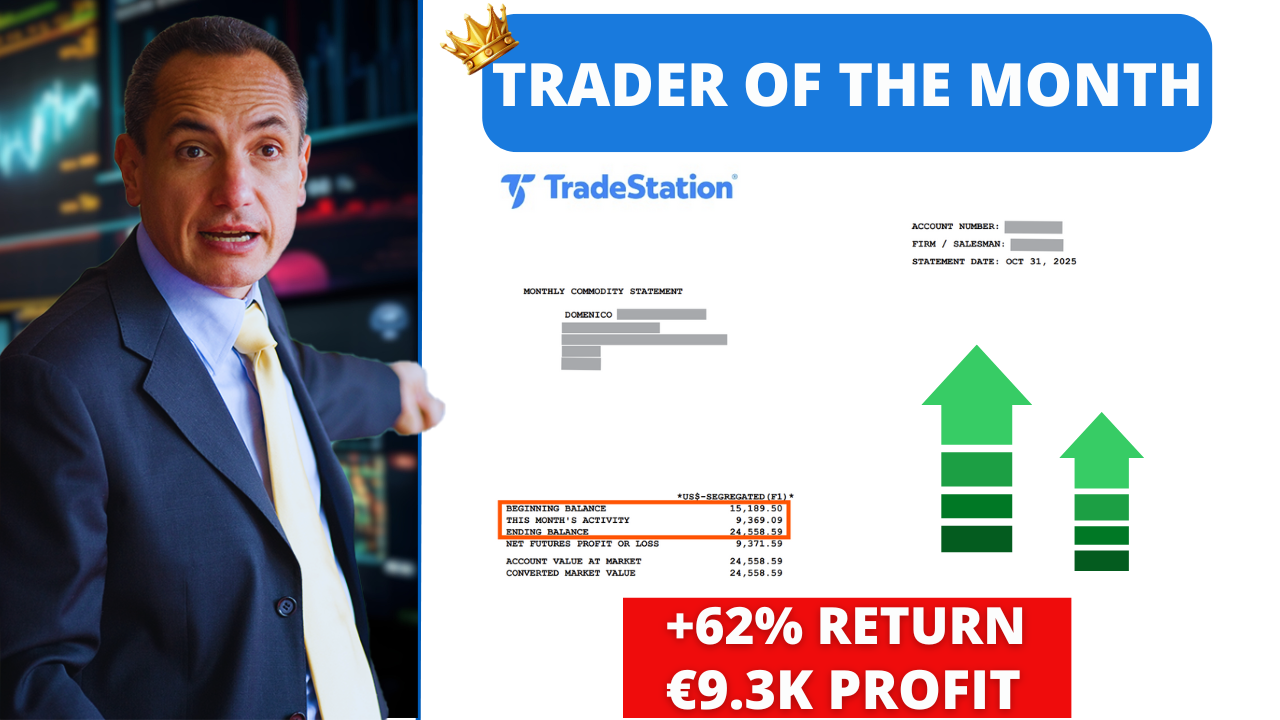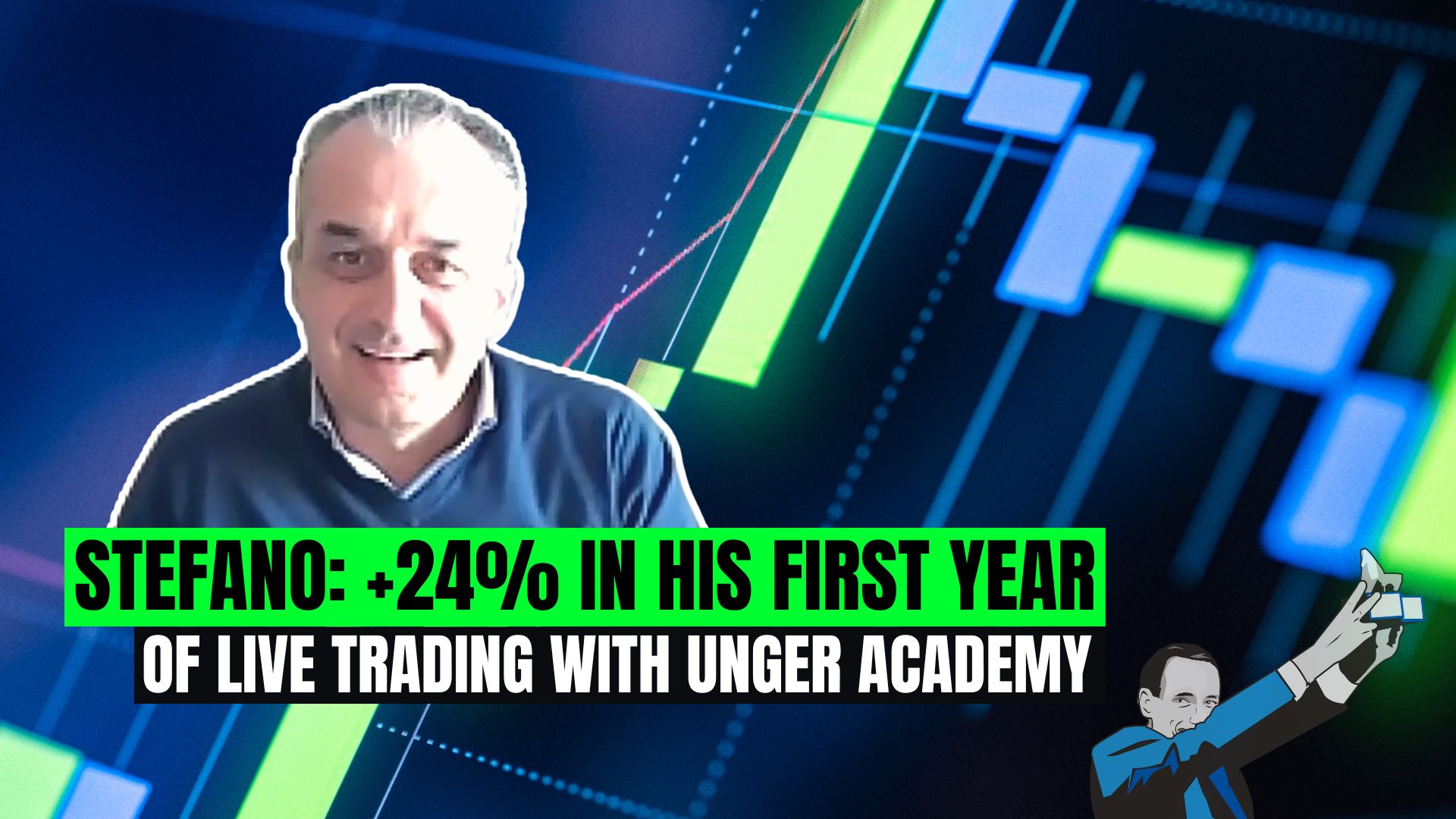Hi guys, hi from Andrea Unger! Today I’d like to talk about the stop loss and, more in detail, about the idea that working without setting a stop loss produces better results. Is this actually true?
Sometimes, we hear traders say that “no stop loss is better”. In order to understand whether this is true or not, I would like to make a couple of examples.
Let’s start by going back to the 1970s. In those days, there was a very classical strategy that used to work very well: channel breakout. This model consists in taking the highest high or lowest low of a number of periods and entering long or short at those levels.
This strategy, which is clearly a stop and reverse system, was always in the market. A long position was closed when the short condition was met, and the short position was immediately opened.
Suppose we test this model using a software and find a market on which it still works, producing a nice performance. Then, suppose we add a stop loss to the strategy. Most of the times, performances will get worse and the strategy will make less money.
Seeing these results, you may think those who say that “no stop loss is better” are right. But think about the strategy, is it really trading without a stop loss, or is it hidden somewhere?
You have a long position, and, at a certain point, you close it because you need to open a short position. This means there is a rule in the system that tells you when you have to close your open position, regardless of the strategy being in profit or in loss.
Let’s make another example to further explain this crucial point. Let’s take a BIAS strategy that starts trading at 10 AM and stops at 5 PM. Actually, there is a rule that tells you that at 5 PM you have to close your position. It doesn’t matter if you’re making or losing money, you have to close your position.
Due to this time stop, you cannot keep positions open in the hope they will resume making money.
So, as you can see, stop rules can be different from the classic fixed-dollar or percentage-amount stop. You can use different ways to close positions, from fixed-amount and percentage-amount stops to time stops and reverse stops. What actually matters is that you set rules and stick to them.
To conclude, you shouldn’t interpret the “no stop is better” catchword as an invitation to keep positions open and hope. Hope is your enemy. You don’t have to hope. Suppose you keep a position open for 10 years, hoping it resumes making money. Even though you manage to close in break-even, your money would have been blocked for 10 years, and that’s not a great deal, is it?
So, you can avoid fixed-amount stops, but never avoid stop rules. You can use different kinds of stops, if you want, but always remember to set rules that close your positions.
That’s all for today. There’s more in store, so, stay tuned!
Ciao from Andrea Unger!







